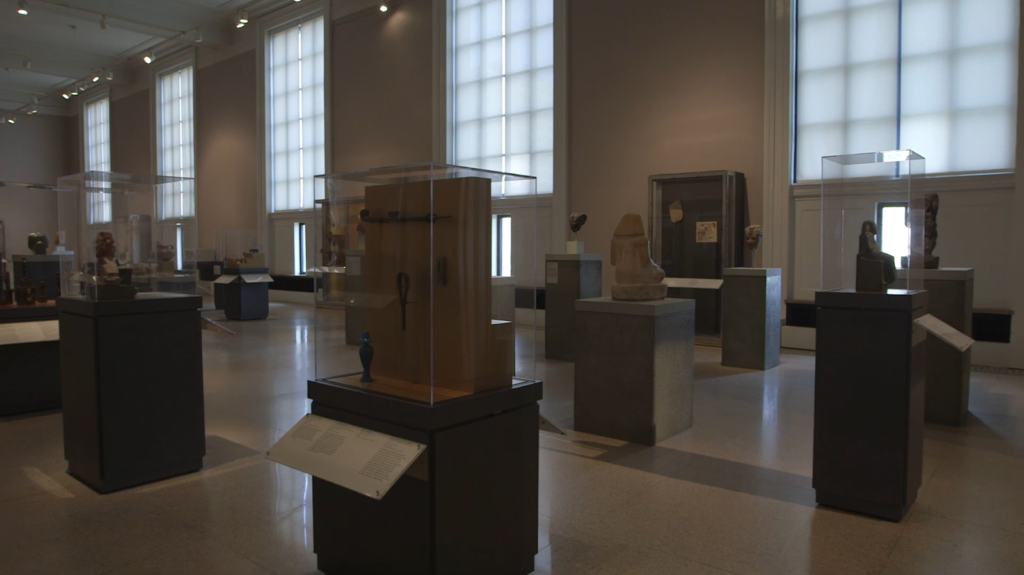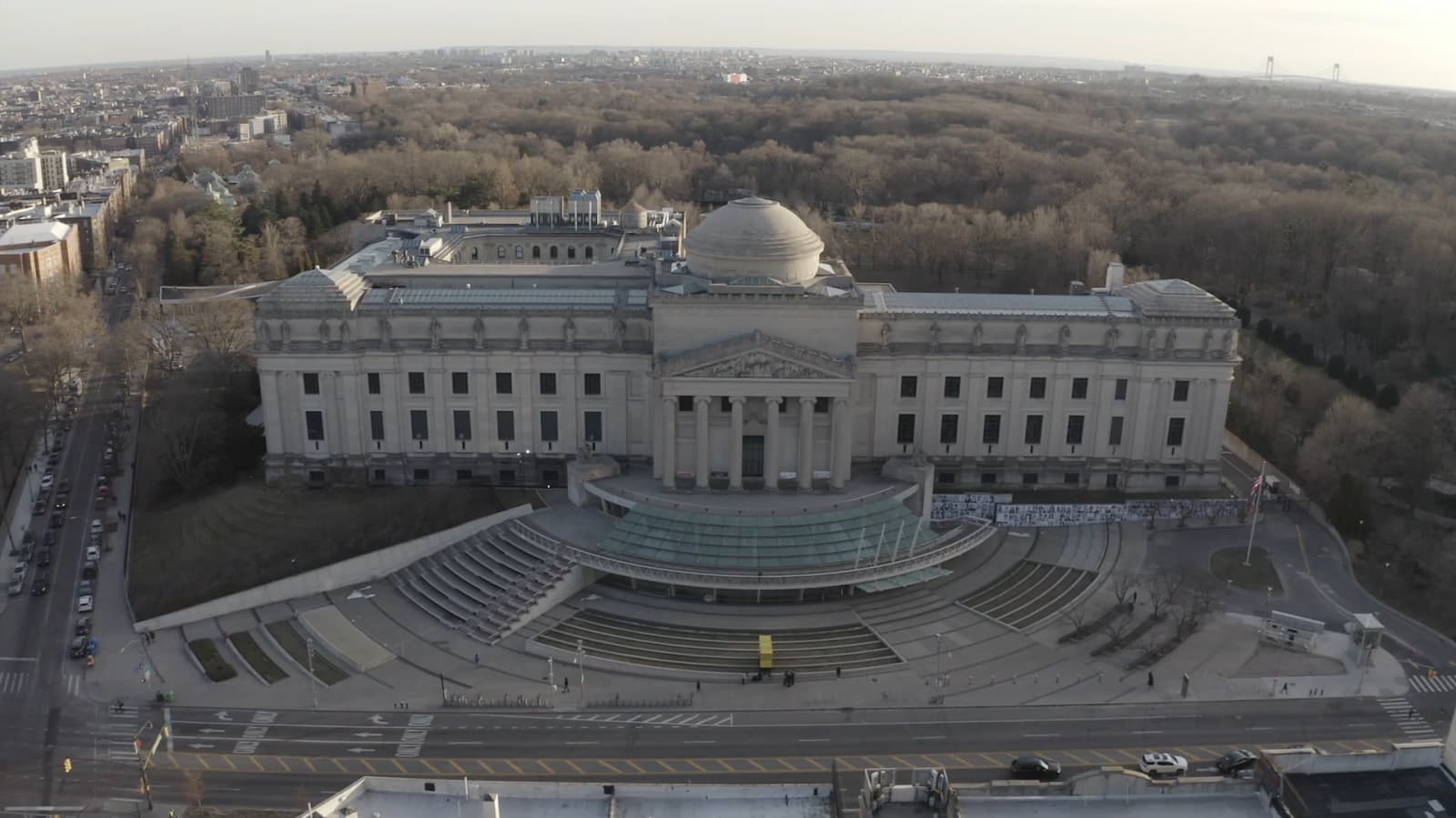Located in New York City’s Brooklyn borough, the Brooklyn Museum is a leading art entity, covering a vast area of 560,000 square feet (approximately 52,000 square meters), and ranks as the second-largest museum in the city. It houses a rich collection of around 500,000 items. Surrounded by the Prospect Heights, Crown Heights, Flatbush, and Park Slope neighborhoods, this imposing Beaux-Arts building was designed by the famed architectural firm McKim, Mead & White.
Originally founded as the Brooklyn Apprentices’ Library in 1823, it later combined forces with the Brooklyn Institute of Arts and Sciences in 1843, transforming into a space aimed at the wider community. The main building, constructed in 1897, has seen several expansions over time. The museum faced initial difficulties in managing its site and collection but saw a revival in the late 20th century through significant refurbishments.
Its collection includes a remarkable selection of ancient items, especially a comprehensive collection of Egyptian artifacts that cover thousands of years. The museum’s holdings also feature European, African, Oceanic, and Japanese art, adding to its diverse and rich cultural offerings. American art from the Colonial period is notably well-represented. Esteemed artists such as Mark Rothko, Edward Hopper, Norman Rockwell, Judy Chicago, Winslow Homer, Edgar Degas, Georgia O’Keeffe, and Max Weber are featured prominently. Furthermore, the museum is home to the Steinberg Family Sculpture Garden, which is decorated with architectural pieces rescued from various New York City locations.
History of Brooklyn Museum

Inaugurated by Augustus Graham in August 1823 as the Brooklyn Apprentices’ Library, the institution evolved into the Brooklyn Institute by 1843, enriching the community with various exhibitions and educational talks. Its development accelerated in the early 20th century, overcoming obstacles related to funding and construction postponements. The 1920s saw enhanced accessibility with the opening of a nearby subway station, leading to the addition of numerous wings and exhibit spaces over the years, despite ongoing financial struggles.
The museum underwent extensive upgrades and growth throughout the 20th century, which included the establishment of an art school and numerous galleries showcasing diverse cultures and historical periods. It encountered additional financial and operational hurdles towards the end of the 20th and beginning of the 21st centuries, necessitating adjustments in its operational strategies, including name changes, reduced operational days, and workforce reductions.
With the turn of the 21st century, the institution embarked on significant refurbishments, such as a modern glass-fronted entrance and the unveiling of the Elizabeth A. Sackler Center for Feminist Art. Though financial issues persisted, generous contributions and municipal support enabled further expansion of its exhibition spaces and ongoing renovation projects. The museum briefly shut its doors in 2020 due to the COVID-19 health crisis but has since reopened, persistently enhancing and broadening its exhibits, including the overhaul of its Asian art galleries and the deaccessioning of certain items to make room for new exhibition areas.
Plan a Visit
Operating Hours:
- Monday–Tuesday: Closed;
- Wednesday–Sunday: 11 am–6 pm;
- First Saturdays: 5–11 pm;
- Closed on Thanksgiving, Christmas, and New Year’s Day.
Admission Fee:
| Category | General Admission | Ticketed Exhibition |
|---|---|---|
| Adults | $20 | $25 |
| Adults 65+ | $14 | $17 |
| Visitors with disabilities | $14 | $17 |
| Students 20+ (with valid I.D.) | $14 | $17 |
| Ages 13 to 19 | Free | $17 |
| Ages 4 to 12 | Free | $10 |
| Members (Join us!) | Free | Free |
Contact Information
- Phone: +1 718-638-5000;
- Email: [email protected];
- Website: https://www.brooklynmuseum.org/.
